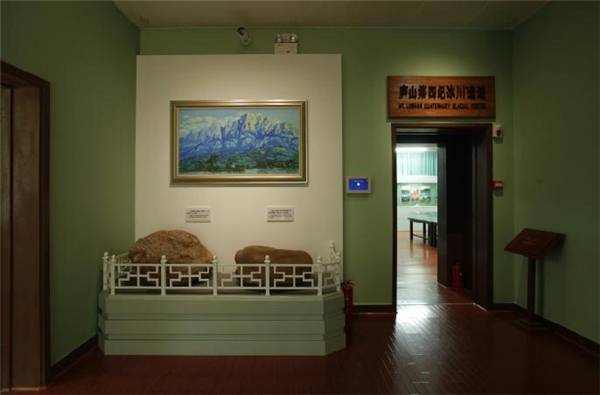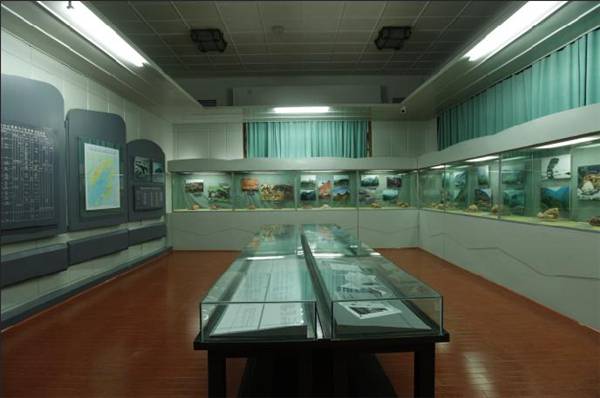BRIEF INTRODUCTION
The glaciation occurred in Pleistocene Epoch (3-0.01Ma) of Quaternary is named as Quaternary Glacial. The glaciation occurred in Holocene Epoch (3-0.01Ma) of Quaternary is called as Modern Glacial. When the great Quaternary glaciations occurred, Lushan had been a lofty block mountain. The snowing very much in Lushan region when the snowline was at the level of 1000-1200 meter, so snow accumulated very huge and mountain glacial in Lushan developed. Lushan is the most abundant glacial remains preserved area in east of China. Four glacial phases called respectively Dapailing (3-2.5Ma), Poyang(1.8-1.5Ma), Dagu(1.1-0.9Ma) and Lushan glacial phase (0.4-0.2Ma) and one ice-marginal phase(0.12-0.01) named Lulin occurred in Lushan during Quaternary. Due to Lushan Quaternary glacial heritages are rich and typical, detailed and systematic studied as well as, Lushan become an important referenced area for classification and correlation of Quaternary glacial in China. Lushan is a foundation site of China Quaternary Glacial Geology.
Lushan Quaternary glacial heritage is mainly composed of glacial eroded remains and glacial clay- boulder accumulations. The glacial eroded remain refers to the marks of excavation and erosion on mountain caused by the glacial forming and moving and is mainly consists of cirque, horn, hanging valley, U-valley, knife-edge crest, firn-basin, riegel, terrace, ice basin and striation. The boulders in glacial clay- boulder accumulations are no sorting and accompanied with clay and sand. Some times the glacial drift boulder (big piece of rock bring from outside by glacial movement), glacial striation boulder and ice- water gravel bed can be seen in the clay-boulder. The region belongs to coniferous trees area before the formation of Poyang Lake, showing the glacial may reach to the forest and plain area.












